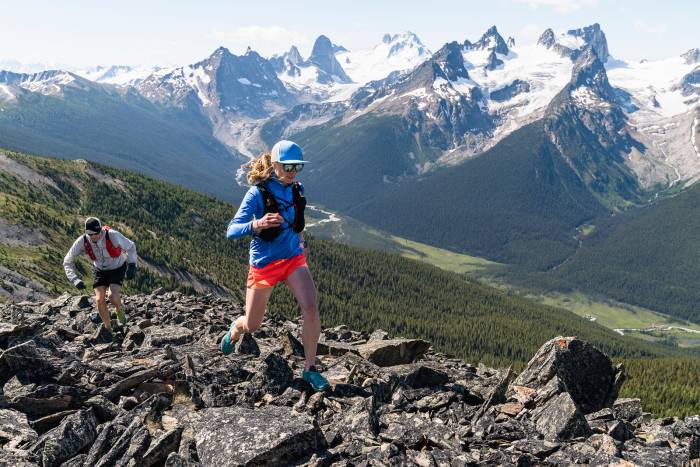
It was a week into a trip through Patagonia, that wild region at the tip of South America, when I peeled the T-shirt off my back. It’d been there for days straight, a true second skin as I trekked, climbed, and paddled in an endurance race through wilderness so deep you carried everything in a pack and never changed clothes.
The same shirt, now a faded green with small holes and snags, remains a go-to piece in my wardrobe. Over the years, from the 2010 expedition in Patagonia onward, the shirt has seen hundreds of days of wear. It’s still a valid top that I put on for backpacking trips and lunchtime training runs alike.
Ibex, a Vermont company, is the manufacturer. The shirt is called the Balance T, and unfortunately Ibex discontinued the design in 2013.

The secret is in the shirt’s material, a blend of nylon and merino wool. The synthetic fibers give it stretch and strength, and the wool offers a material that’s comfortable in a range of temperatures.
It also does not stink like a regular shirt. Wool is naturally anti-microbial. This was a good thing in Patagonia, my expedition-mates would tell you as much.
But even at home today I often wear the shirt a few times for workouts before it goes into the laundry, drying it on a line in the sun in between. I wear the piece alone in warm months and as a base layer when it’s cold outside.
It fits tight but comfortably for any activity. It does not chafe. The shirt also does not wick sweat — it soaks it in. This may seem like a negative point, but after years of doing aerobic things outdoors I’ve given up trying to find a shirt that can handle the sweat generated by high-heart-rate activities.








